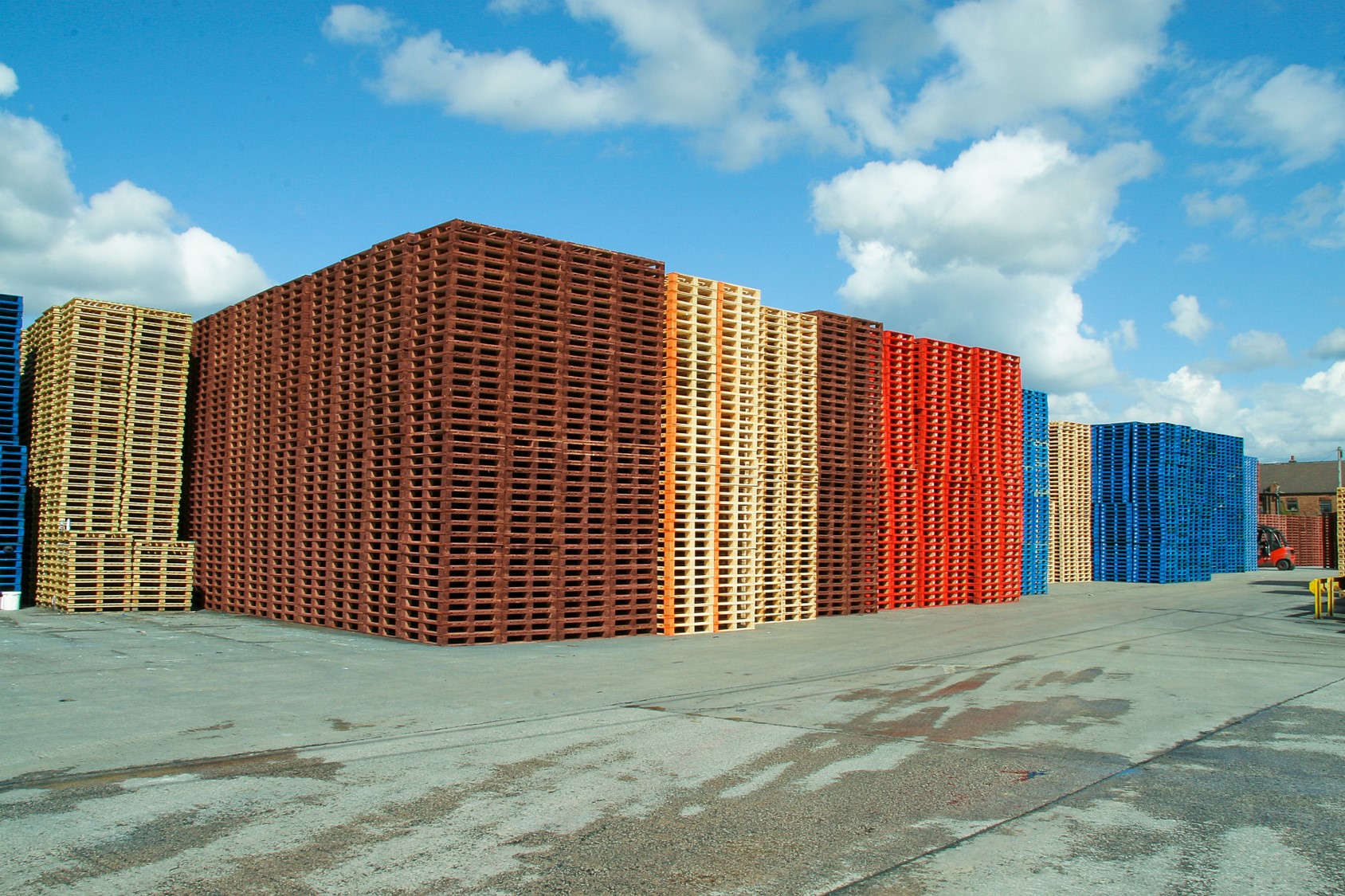The Timber Packaging & Pallet Confederation (TIMCON) has welcomed Defra’s interim wood packaging recycling targets for business, which have been released for 2021 and 2022. The figures are based on responses received from the 2019 consultation on packaging reform and with consideration of the current market and have been reduced from 48 per cent to 35 per cent.
TIMCON secretary general Stuart Hex said: “We are pleased to see this reduction on wood packaging waste targets, as the high PRN prices experienced previously added a significant cost burden to the manufacturers of wooden pallets and packaging.
“Every other packaging material, including plastics, glass and metal will see an increase in targets from next year, which is a positive sign that government now recognises the clear difference between these and the unique environmental credentials of wooden materials, which are one of the key components of a truly circular, sustainable economy and the need to encourage more reuse before recycling.
“The release of these revised figures is an encouraging step, but the UK industry is still operating at a marked disadvantage to its counterparts in Europe, for whom targets are 15 per cent, rising to a maximum of 30 per cent by 2030. The disparity between these and our artificially inflated targets continues to make our businesses comparatively less competitive.
“It is vitally important that TIMCON works closely with the Wood Recyclers Association and the Wood Panel Industries Federation to ensure that their concerns that the drop in target will mean that valuable wood material does not get lost to Chapter IV biomass.
“TIMCON continues to advocate reuse and repair of our products as the preferred option, moving to the recycling stage only when they have reached the end of their useful life. Wood pallets and packaging are widely recovered, repaired, reused and then recycled for
panel manufacture, animal bedding or as energy. They remain the most cost effective, sustainable option for packaging materials – and this needs to be reflected in future packaging waste regulations.”
Wood prices rose earlier this year due to a reduction in mill operations and closures, combined with an upswing in domestic home improvement/DIY projects during the lockdown period from March. The increases were further fuelled by the relaxation of restrictions during the summer, which caused increasing demand as construction projects have resumed quickly.



